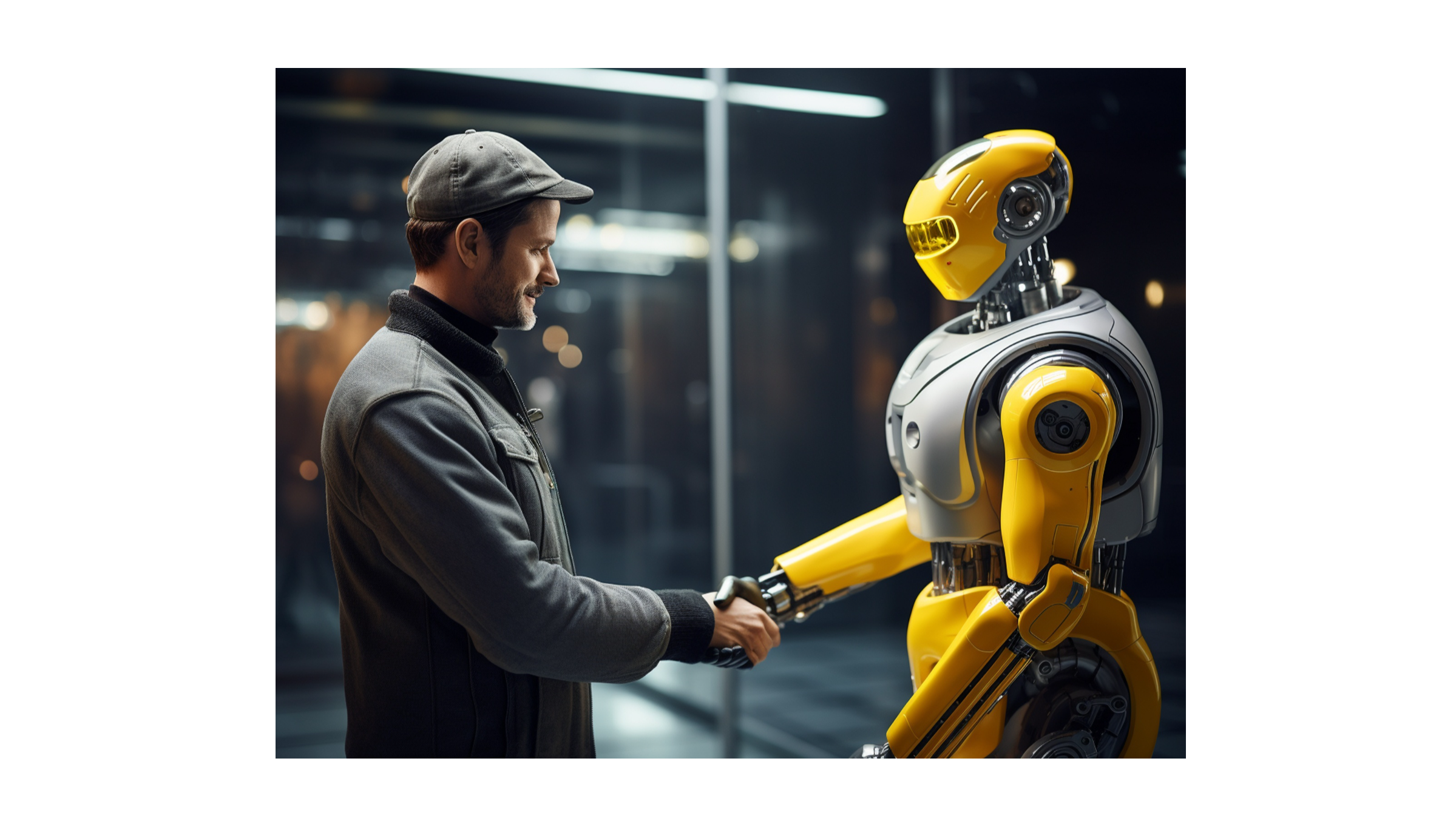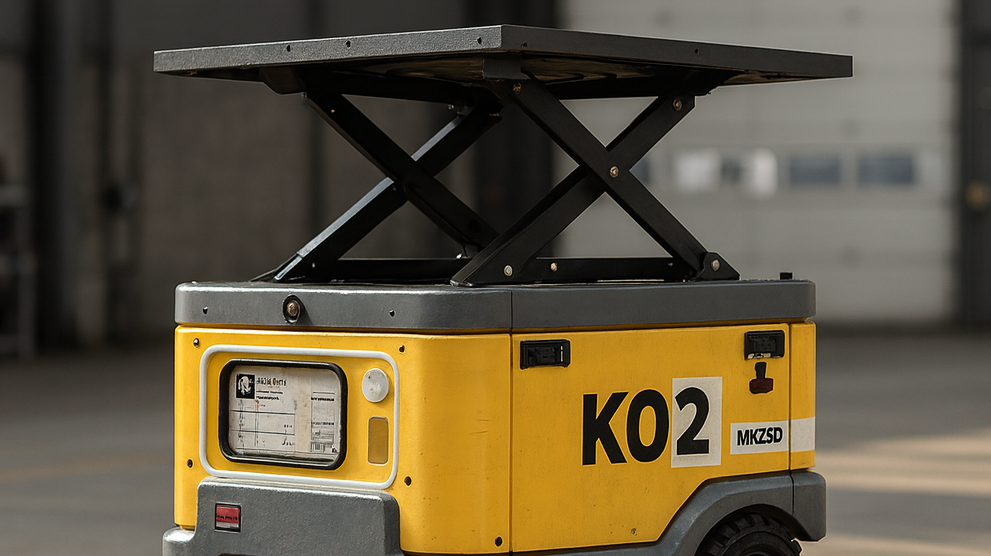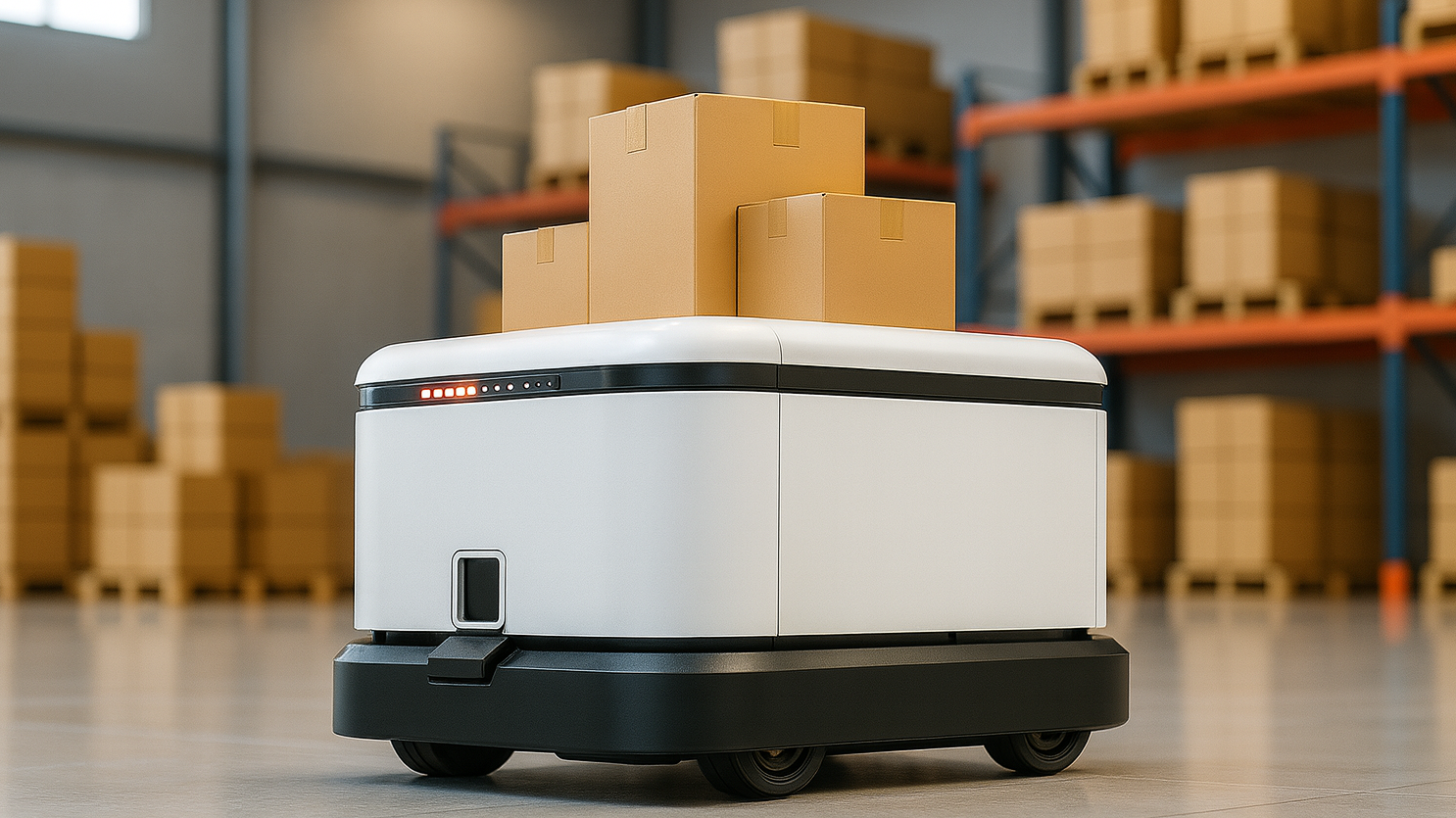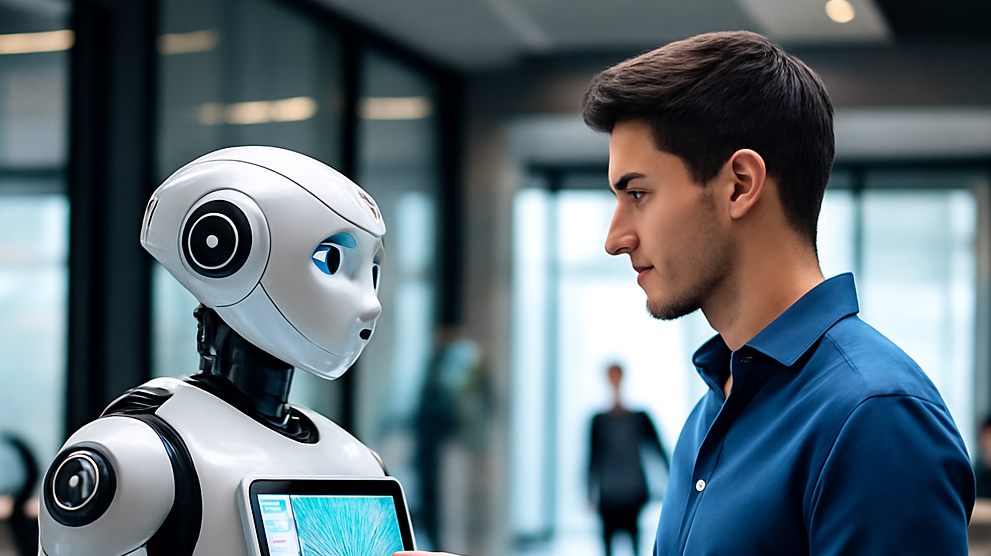10 Ways Humanoid Robots Are Revolutionizing Industries
2024-04-09

In today's rapidly evolving technological landscape, humanoid robots have emerged as key players in transforming various industries. These humanoid robots, with their human-like appearance and advanced functionalities, are revolutionizing traditional methods and paving the way for a more efficient and productive future.
Introduction
Humanoid robots, designed to resemble and mimic human movements and behaviors, are making significant strides across numerous sectors. From manufacturing to healthcare, their impact is profound, promising unparalleled advancements in efficiency, safety, and innovation.
Efficiency and Productivity Enhancement
In the realm of efficiency and productivity, humanoid robots shine brightly. By automating repetitive tasks that were once performed by humans, they streamline processes and accelerate production timelines. Imagine a factory floor where humanoid robots tirelessly assemble products with precision and speed, significantly boosting overall output.
One of the primary advantages of humanoid robots lies in their ability to carry out tasks with remarkable accuracy. In manufacturing settings, where precision is paramount, these robots excel in reducing errors and ensuring consistent quality. With their advanced sensors and algorithms, they meticulously execute intricate processes, resulting in flawless end products.
Safety Advancements
Safety is another area where humanoid robots are making a profound impact. In environments deemed hazardous for humans, such as nuclear plants or chemical facilities, these robots can navigate with ease, performing tasks without risking human lives. By taking on dangerous duties like handling toxic substances or exploring unstable terrains, they minimize the occurrence of workplace accidents, thus safeguarding both human workers and valuable assets.
Cost Reduction
From a financial perspective, integrating humanoid robots into operations can lead to substantial cost savings. By replacing human labor with robotic counterparts, companies can significantly reduce labor expenses while simultaneously cutting down on operational overhead. While the initial investment in acquiring and implementing humanoid robots may seem substantial, the long-term benefits far outweigh the costs, resulting in a more cost-effective and sustainable business model.
Flexibility and Adaptability
One of the remarkable features of humanoid robots is their flexibility and adaptability in performing various tasks. Unlike traditional robots limited to specific functions, humanoid robots possess multi-tasking capabilities, allowing them to switch seamlessly between different activities based on demand. Moreover, their programmable nature enables swift reprogramming for new tasks, making them invaluable assets in dynamic work environments where versatility is key.
Data Collection and Analysis
In today's data-driven world, the ability to gather and analyze information in real-time is invaluable. Humanoid robots equipped with advanced sensors and AI algorithms excel in this regard, providing organizations with valuable insights into their operations. By continuously monitoring processes and collecting data, these robots facilitate data-driven decision-making, enabling companies to identify areas for improvement and optimize their workflows for maximum efficiency.
Customer Experience Enhancement
In sectors focused on customer service, humanoid robots are revolutionizing the way businesses interact with their clientele. With their ability to engage in personalized interactions and provide assistance round the clock, they enhance the overall customer experience. Whether it's guiding shoppers in retail stores or assisting guests in hospitality settings, these robots contribute to improved service efficiency and customer satisfaction.
Innovation Catalyst
Humanoid robots serve as catalysts for innovation, inspiring creativity in design and driving technological advancements. Their integration into various industries sparks new ideas and approaches, pushing the boundaries of what is possible. By encouraging experimentation and collaboration between humans and machines, they propel innovation forward, laying the groundwork for future breakthroughs.
Workforce Collaboration
Contrary to popular belief, humanoid robots aren't replacing human workers; instead, they're collaborating with them to achieve mutual goals. Through human-robot collaboration initiatives, companies are leveraging the unique strengths of both humans and robots to optimize productivity and performance. Additionally, humanoid robots present opportunities for skills development and training, empowering workers to acquire new competencies and adapt to evolving job roles.
In conclusion, the impact of humanoid robots on industries is multifaceted and far-reaching. From enhancing efficiency and safety to fostering innovation and collaboration, these robots are reshaping the way we work and interact with technology. As we continue to harness their capabilities and explore new possibilities, the future promises even greater advancements and opportunities for growth.





